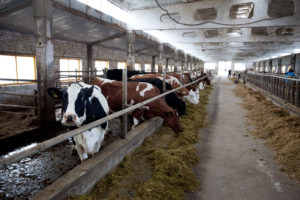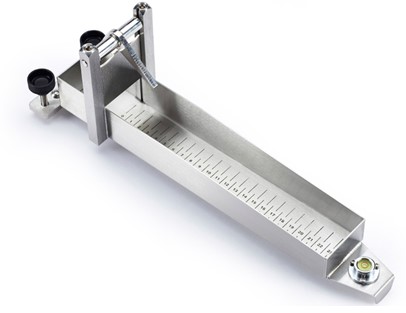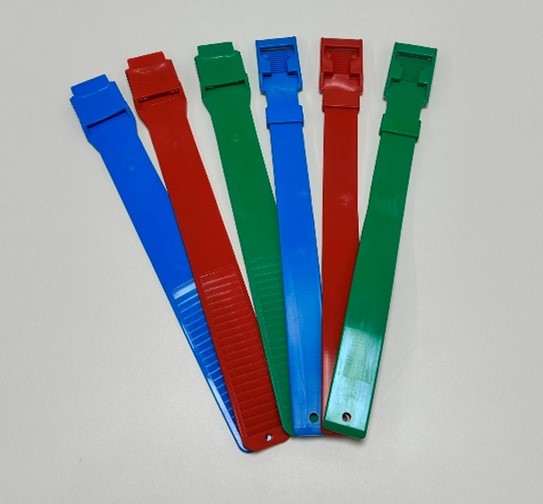Meat at home. Can Altai lift the ban on backyard slaughter

Problems related to the ban on slaughtering livestock in backyards have reached the federal level. However, it is still not clear whether this restrictive measure will disappear
The ban on backyard slaughter remains an urgent problem in the Altai Territory, where almost half of the population lives in rural areas. This issue arose even more painfully in connection with the economic sanctions imposed against the country by "Western partners." And now more and more often heard proposals for the abolition of these restrictions. Is this possible and are there any prerequisites for the return of the past order of "legalization" of MEAT, the Tolka correspondent investigated.
Hear us
The speaker of the Altai parliament, Alexander Romanenko, said at a meeting of the Council of Legislators of RUSSIA on April 27 that, under the sanctions, the country's agriculture needs support. And lifting the ban on backyard slaughter is just one of the necessary initiatives.
Romanenko also made suggestions, such as delaying the implementation of labeling and traceability systems for certain commodities, and giving Altai farmers priority in auctions for the lease of agricultural land they are already cultivating.
The ban on slaughtering livestock in backyards remains a sore subject for Altai. On April 21, the regional government held a briefing where it explained whether the restriction could be lifted and whether it led to negative consequences
As the press service of the AKZS told Tolka, Alexander Romanenko's proposals were eventually included in the draft decision of the Council of Legislators. The document will be considered by sectoral ministries, State Duma committees and the Federation Council. And, apparently, the federal authorities will have to put an end to the issue. However, the mere fact that the message has reached such a level can be perceived as a kind of optimistic sign.
No ban needed
Some believe that restrictions on domestic slaughter are completely unproductive. Thus, Vyacheslav Laptev, a member of the regional parliament, said that already in the 1990s, the Russian authorities tried to introduce such restrictions. However, at that time (more or less) collective farms worked, and each of them had "correct" slaughterhouses. Today, the required infrastructure does not exist.
The creation of new "white" slaughter sites is associated with a number of difficulties, and somewhere it can create new problems. KOLKHOZ slaughterhouses, according to Laptev, were in almost every single village. Modern analogues appear at the rate of "one piece per district", and this, of course, is not enough, especially considering that villages can be located at a considerable distance from the district center.
In addition, the issue of transport creates difficulties. So, many business executives simply do not have the opportunity to take cattle to the slaughterhouse. You have to order transport from the company itself. As a result, many animals from different farms travel in the same car, and if there is at least one sick animal among them, then by the end of this “one-way trip”, there will, of course, be more infected.
But the scheme for checking meat, which was in effect before the introduction of restrictions, according to Laptev, was more than viable. Before slaughtering an animal, a citizen called the veterinary station, and a veterinary paramedic went to him and conducted an examination.
Sale of meat
After that, the slaughter took place, and the carcass was taken to a veterinary station, where the meat was checked for parasites and diseases. After that, the farmer was issued a document stating where exactly the goods would be sold. And at the point of sale, the analysis was carried out again, in case of a possible replacement of the carcass.
"It was an absolutely well-oiled system. Meat in the markets was sold safely for the population," the deputy believes.
In addition, according to Laptev, the ban is not very actively observed in other countries of the Customs Union (namely, it is dictated by the regulations of this bloc).
There is an exit
The HEAD of the Altai executive committee of the ONF, Sergei Voytyuk, said: in his opinion, restrictions are needed, since it is necessary to move towards a "civilized format" of slaughter. However, personal subsidiary farms in the current conditions were equated with industrial production.
Although they are "traditional production of organic products", they should, in theory, be subject to completely different standards.
“We would like to remove personal subsidiary farms from a certain group of regulation, but at the same time not lose control functions. Otherwise, we risk getting even more epizootics (that is, worsening the situation with animal diseases. – Note ed.),” said Sergey Voytyuk.
In addition, the practice of applying a "killer" ban does seem to vary from region to region. For example, in the Krasnoyarsk Territory, according to MK, there is a system similar to that described by Vyacheslav Laptev, and data on meat is entered by veterinarians into the Mercury system. And such a mechanism, apparently, is much more convenient for private traders. The prospects for lifting the ban, according to Sergei Voytyuk, mainly depend on whether the federal authorities heard the "local" request.
And it seems that the chances of this have recently increased significantly.
Read together with it:
- The Russian Ministry of Agriculture proposes extending veterinary regulations until 2032.The extension includes regulations for the prevention and eradication of diseases such as bradsot (Clostridium septicum), trichinosis (Trichinella), blackleg (Clostridium chauvoei), and porcine reproductive and respiratory syndrome (PRRS). The proposed changes stipulate the following new deadlines: for bradsot and trichinosis - from March 1, 2......
- A fire at the Merci Agro Sakhalin pig farm killed 1,500 pigs, but pork production will not be affected.Deputy Minister of Agriculture and Trade of the region Inna Pavlenko noted that other pig farms will help compensate for the loss. Merci Agro Sakhalin plans to restore its capacity and livestock, which will help avoid a pork shortage on the local market. The restoration will be funded by insurance payments, and veterinarians have already analyzed the condition of the remaining animals and determin...
- UniCredit заявил о галактических усилиях из-за санкций против РоссииUniCredit старается не нарушить «более 15 тыс. санкций», а также не «совершать ошибки», которые позволят изъять его активы в России, заявил гендиректор. После начала военной операции банк начал рассматривать возможность ухода Итальянский банк UniCredit прилагает «галактические усилия», пытаясь соблюсти международные санкции в отношении своего российского подразделения. Об этом заявил генеральный д...
- He crawled to the icon with prayer. The true story of a man who overcame drug addiction.Alexander Ovchinnikov. Topic News. Our project's hero was a drug addict for many years. The thought that this was a dead end never left him, but his addiction proved stronger. One day, when he could no longer walk, he crawled to an icon in prayer. This became his first step toward a new life. Today, he heads a charity center that helps those who have given up hope and are unable to quit ALCOHOL an...
- Колумбия: При экспорте скота сертификация и прослеживаемость больше не являются необязательнымиВысококачественное животноводство, особенно при экспорте, требует сертификации и прослеживаемости. Это необходимые условия для выхода и конкуренции на многих международных рынках, а также на некоторых всё более требовательных внутренних рынках. Колумбийское животноводство не является исключением из этих правил, и, хотя предстоит ещё многое сделать, всё большее число ферм и компаний внедряют эти ме...




























































